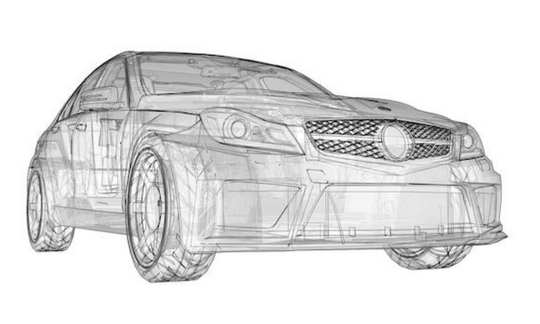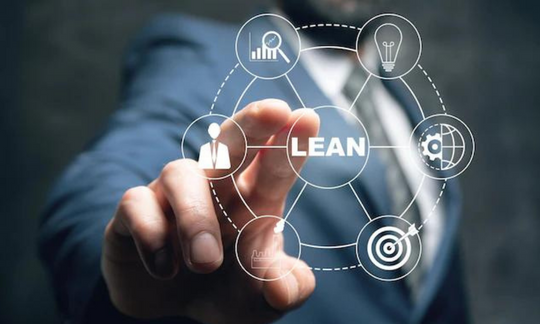Our 4 - Step Engineering Design Processour process
Mterqubee company specializes in providing practical, commercial, and innovative engineering designs for manufacturing. With expertise in simplifying complex solutions, the key to success lies in a collaborative approach, working closely with clients through each stage of a well-established design process. A tailored step-by-step proposal is developed after thoroughly understanding the project requirements, offering support for either a single phase or the entire project duration. The flexibility of the design process allows adaptation to the specific needs and product types of each project.
Define / Exploration
On the right path to achieve success.
The initial phase of a project is crucial, as time invested in defining needs, requirements, and objectives sets the foundation for success. Expertise and knowledge are applied to help outline a strategy to meet these goals. Recognizing the significance of thorough project definition and planning, a commitment is made to apply passion and experience to ensure alignment with the path to success.
Preliminary research is conducted to grasp the market landscape, evaluate potential competitors, explore intellectual property opportunities, and pinpoint technologies or materials pertinent to the project. A variety of design concepts are then developed through sketches, early 3D CAD, and models. The optimal concept is selected based on factors like budget constraints, market research, and feedback from testing, ensuring that the project moves forward with the most viable design.



